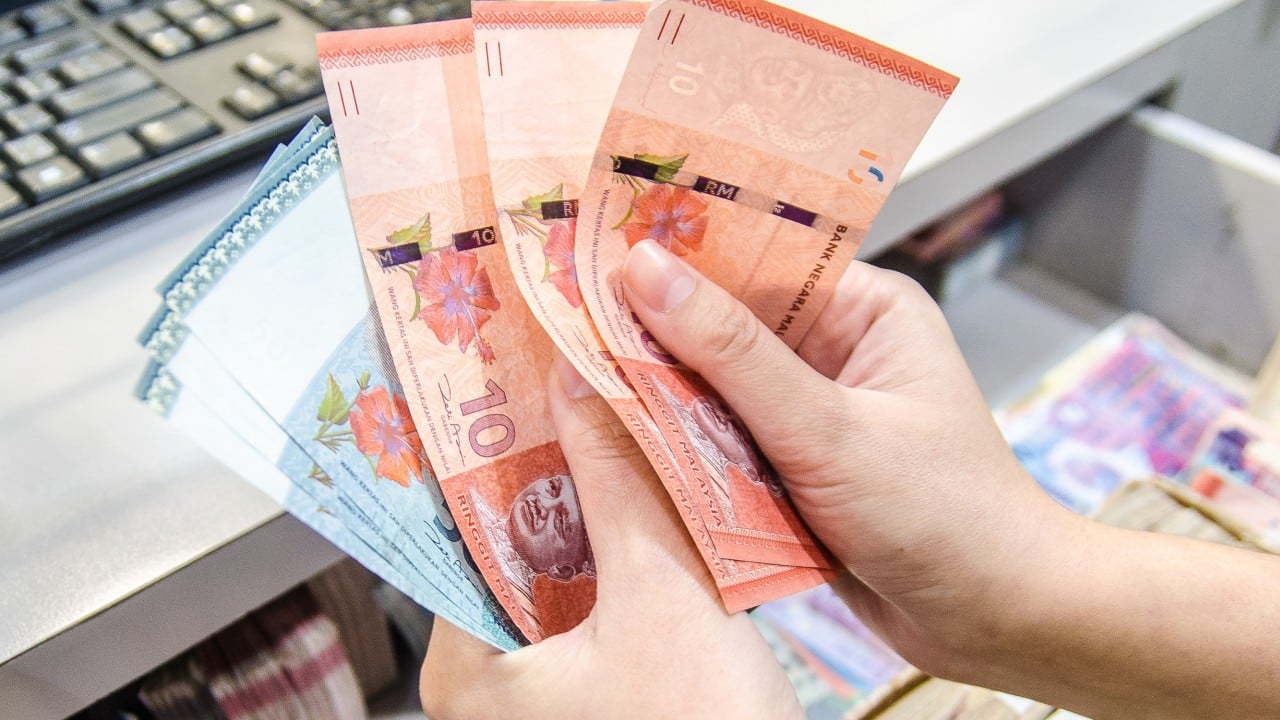Malaysia has unveiled a slew of tax incentives to lure investors to its joint special economic zone with Singapore that seeks to add US$26 billion per year to the Malaysian economy by 2030.
Advertisement
Special company tax rates of 5 per cent for 15 years and lower income taxes for knowledge workers were part of the package unveiled by Malaysia’s Finance Ministry and Johor state government on Wednesday. The incentives are effective from January 1, according to a statement.
The package came a day after the leaders of Singapore and Malaysia officially launched the zone that links the border region. The Johor-Singapore Special Economic Zone is nearly twice the size of China’s Shenzhen – the city bordering Hong Kong whose success Malaysia is hoping to emulate with the SEZ.

The incentives “will accelerate drawing in quality investments in key sectors and promote the creation of higher-income jobs, leveraging on the respective strengths and synergies between Johor and Singapore,” Malaysia’s Second Finance Minister Amir Hamzah said in the statement.
Under the package, firms carrying out new investments in manufacturing and services are subject to taxes of 5 per cent for up to 15 years. These include AI and quantum computing supply chains, medical devices and aerospace manufacturing.
It’s a clear draw as Singapore has one of the region’s lowest corporate income tax rate at 17 per cent. Companies operating in Malaysia currently pay a tax rate of 15 per cent to 24 per cent
Advertisement
Malaysia will also provide a special income tax rate of 15 per cent for 10 years for eligible knowledge workers in the zone that spans more than 3,500 square km (1,350 square miles) or four times larger than Singapore.

